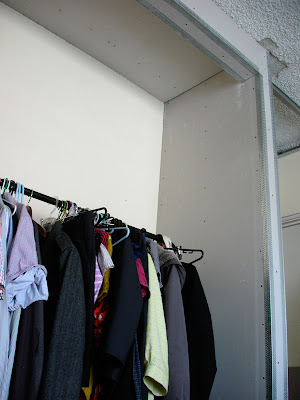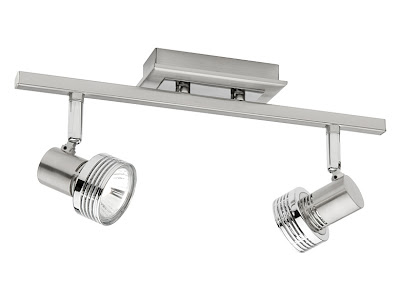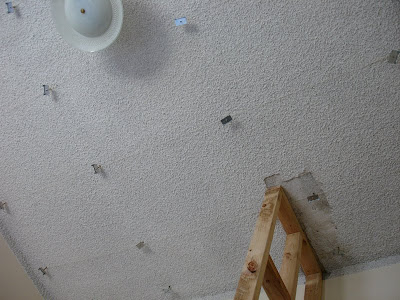If you have not heard of Bisazza, you do not know what mosaics are capable of. The blend of Italian elegance, European bling, romantic and free spirited, edgy and classic at once. Check the site for the ultimate Bisazza experience. The site is beautifully put together too by the way. (Normally I hate background music on websites, but Bisazza is forgiven).
Naturally, I didnt want to spend the $120 + per meter and in fact I wasn't looking specifically for these, but somehow I found 6 boxes of them on eBay for the low price of $165.00 and thought they were magnificent and had to have them. There are about 15 square meters and should cover all of our bathroom walls.
Extreme colour you think? Dated and impractical? Not good for reselling the apartment. "Oh well" I say. It will make showering a BISAZZA EXPERIENCE. Our bathroom is really small and is only an en-suite so imagine floor to wall glistening aquamarine mosaics. It will be like being underwater. A shiny sparkling gem off of our bedroom. Because of the brown paper backing, and the transparency of the glass tiles, we have to use grey adhesive, though I'm hoping we can still use white grout.

The illustration is a picture of a queen (Edition of 125 - Gocco print) by Lab Partners, a duo from San Fran. Earlier this year, I bought a print for Pete's birthday and had it framed in chunky gold.
This in our bedroom wall will carry the aqua nicely.
For a while, we were tossing up weather to use the mosaics as a kitchen splash back but I have plans for marble tiles (or marble tile LOOK at like a 10th of the cost - but then again, I have my eyes peeled for a bargain on the real stuff at the moment.) Once the kitchen and floor is installed, I'll be ready to pounce!
































